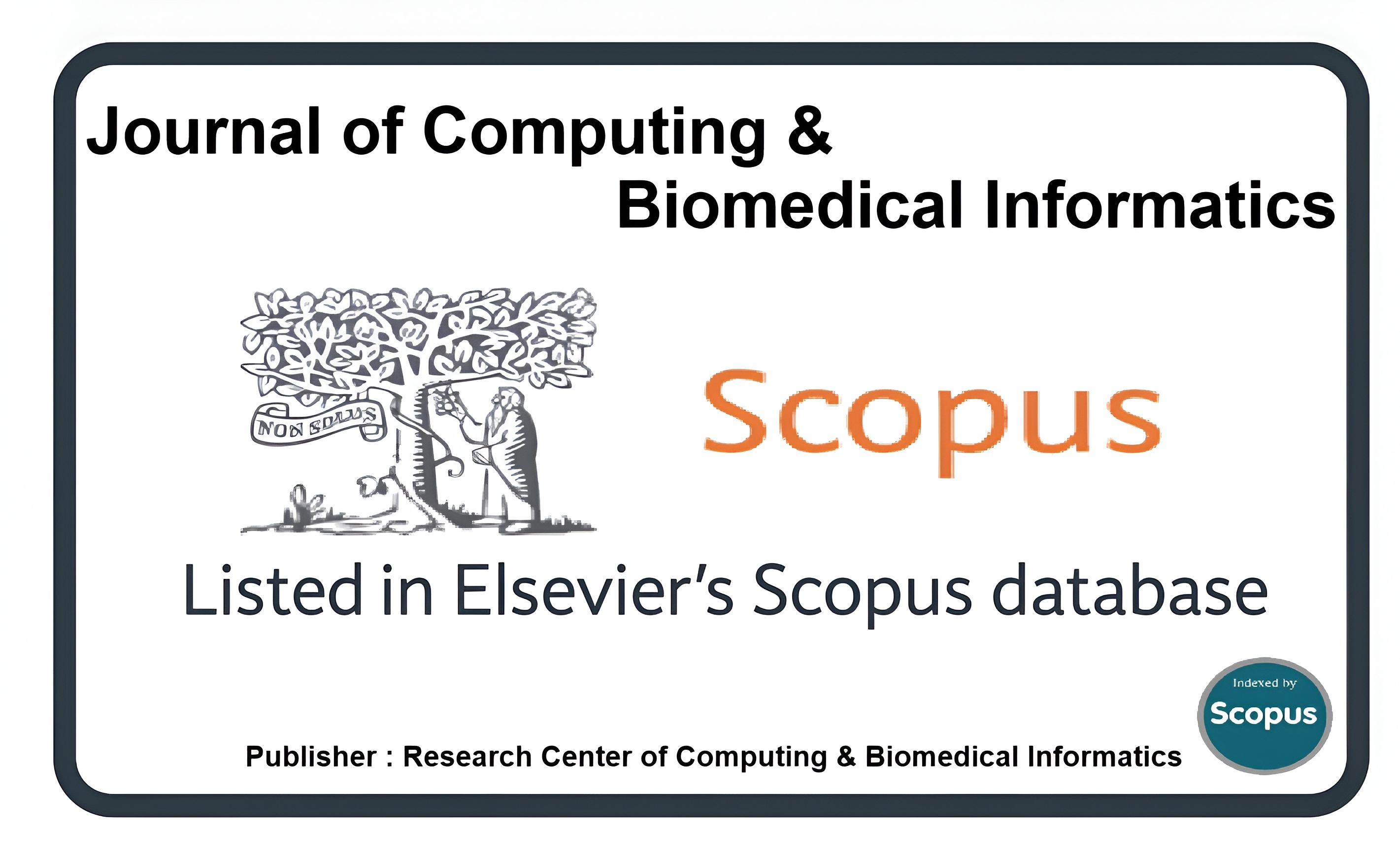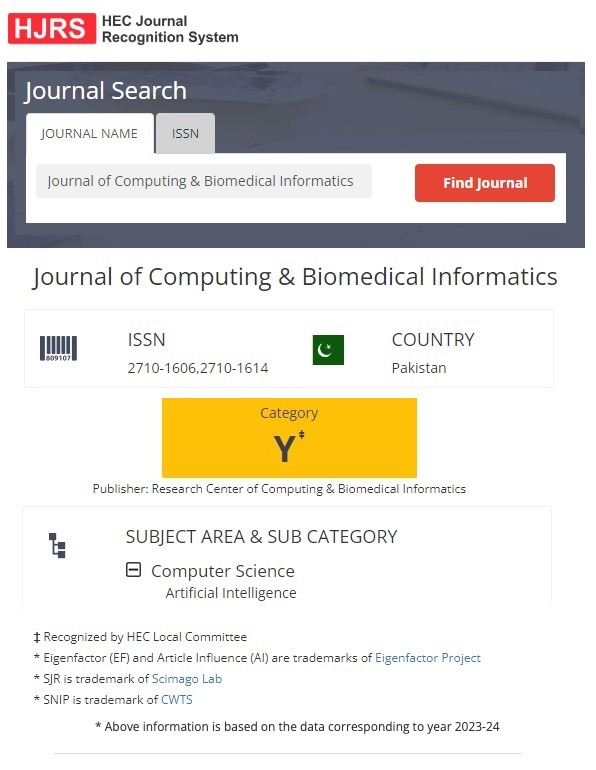Collaborative Blockchain-based Crypto-Efficient Scheme for Protecting Visual Contents
Keywords:
Blockchain, versatile video coding standard, encryption, video content protectionAbstract
Today's digital landscape calls for the privacy and reliability of video content to be preserved at all costs and, leveraging blockchain technology and advanced cryptographic techniques, the proposed solution does just that. At the heart of the system is the newly proposed Permutation and Exclusive-OR (SLEPX) algorithm-based Symmetric Cipher for Lightweight Encryption, which is purposely designed to be efficient, yet sophisticated enough to support the latest Versatile Video Encoder (VVC), making this one of the first systems of its kind. In order to do so, SLEPX acts as an impermeable barrier, ensuring video content is safe from prying eyes and unwanted alterations, thus preserving its integrity. Though what makes this approach unique is that it also employs blockchain technology, the researchers stress. Both off-chain and on-chain, critical media information and hash-based message authentication codes (HMACs) are stored securely. The dual-layer blockchain approach ensures security of video content while providing transparency and immutability to the authentication records. The decentralized solution has potential applicability in a number of areas including e-learning platforms, secure communication, court procedures, and surveillance systems, where the protection of demonstrative and personal video material is essential. The system’s significance goes beyond protecting the integrity of digital video assets; the architecture establishes a multi-layer defense against manipulation and unauthorized access. This paper offers a complete exploration of the innovative SLEPX encryption and dual-layered blockchain approach, describing the design, advantages, and possible applications of this solution for securing demonstrative and sensitive materials.
Downloads
Published
How to Cite
Issue
Section
License
This is an open Access Article published by Research Center of Computing & Biomedical Informatics (RCBI), Lahore, Pakistan under CCBY 4.0 International License





